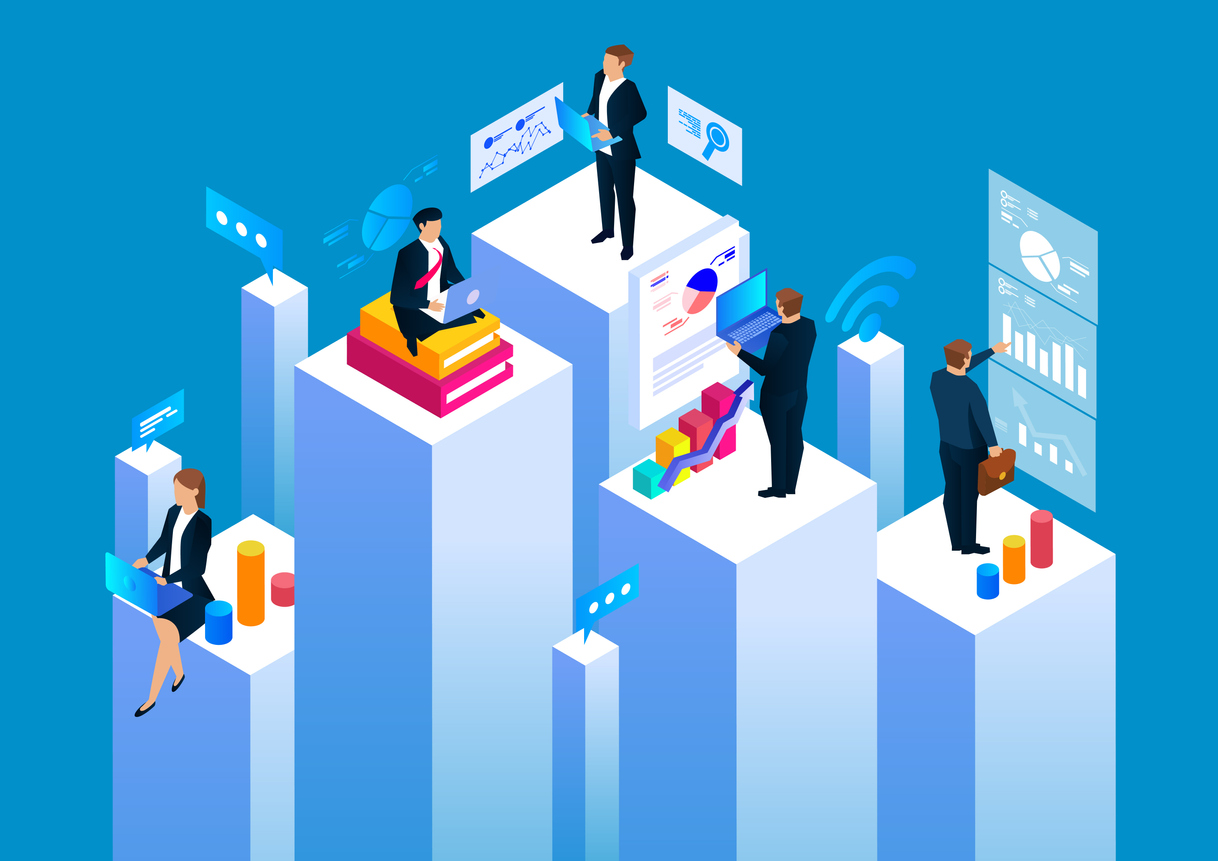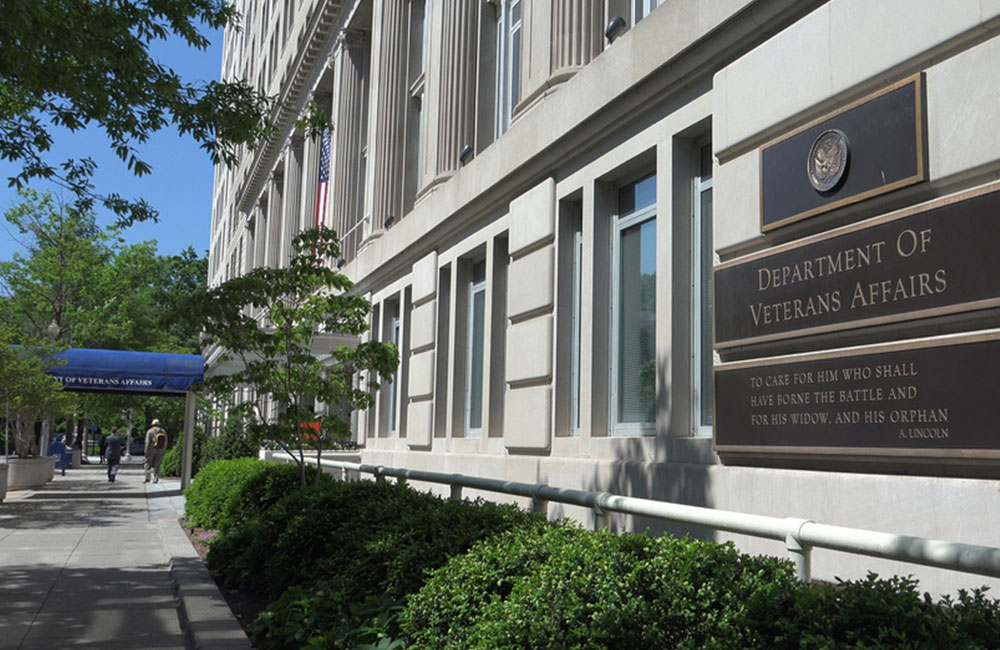Supply Chain Risk, Data Interoperability are Major Goals at DHS
Agency CTOs highlighted the areas they’re working on to improve IT across the department.

Zero trust, supply chain risk management, enhanced mobility and data interoperability are the top IT goals for the Department of Homeland Security its components in 2021, according to comments from DHS chief technology officers at the AFCEA Bethesda Law Enforcement and Public Safety (LEAPS) Technology Forum last week.
“[We’re] trying to define technologies in a common lexicon and how they can be implemented consistently across the departments, and then working with our component CTOs, working with them to define technologies and share technologies and implementation across the department to make it as easy as possible,” DHS CTO Brian Campo said during a LEAPS panel. “We have the largest civilian IT workforce, and we’re comprised of about 400 different IT investments that total $7 billion. We’re always on the teetering edge of investment, modernization and supporting critical investments from border enforcement to pandemic response to FEMA’s emergency management. We do a lot of block-and-tackling.”
Campo said migrating all data and IT operations to the cloud is still a big push in DHS, but zero trust and IT supply chain risk management (SCRM) recently became major focuses as part of the cloud shift. Because of the COVID-19 pandemic, DHS wants to operate from a “telework first” mentality that improves interoperability between the components.
“[We’re trying to provide] a first-class service to those who are going to be teleworking maybe more often than they did before,” Campo said. “Some of our folks are in a remote posture consistently. We have a lot of satellite offices where we interact with folks at the border, they might be in a low IT environment, [so] a lot of what we do is try to create better collaborative environments.”
Customs and Border Protection CTO Sunil Madhugiri wants to bring in more emerging technologies, especially for managing data.
“The data ingest and the data application and duplication becomes an issue for us,” he said during the forum. “Every time you move data, it slows down.”
The Coast Guard saw huge improvements in IT in the last year. Rear Admiral David Dermanelian oversees all IT operations for the branch’s 200-plus cutters, 1,800 boats and 200-plus aircraft, which includes everything from radars to radios to Wi-Fi networks and GPS.
“We need to dramatically increase our cutter connectivity, which we did,” Dermanelian said.
Because of the increase in cutter connectivity, the Coast Guard was able to “[push] our assets out into the Western Pacific and into the Arctic. We just received one of our cutters back from the Black Sea,” Dermanelian said.
Another major Coast Guard IT push is providing Wi-Fi coverage for personnel at sea to stay connected with their families back home.
“Coupling with these collaboration tools that are really important makes going to sea really attractive,” Dermanelian said. “It’s really important to stay connected back with family, so the Microsoft Teams capability, they’re able to enjoy that at sea.”
The Coast Guard is also in the process of flipping its 30% mobile-70% desktop split to improve mission delivery.
“For example, 700 marine inspectors need to inspect vessels to ensure they’re safe for U.S. waters,” Dermanelian said. “It’s really important to keep that $4.5 trillion of commerce safe … to come into our ports. [We’re] putting iPad-like devices into our marine inspectors’ hands so they can be mobile and not have to carry 300 pounds of regulations with them.”
Last year the Coast Guard began deployment of its new electronic health record program via the Defense Department’s MHS Genesis. The Coast Guard’s telehealth rollout has been so successful that Coast Guard medical professionals are now assisting other components like CBP and Immigration and Customs Enforcement (ICE) at the southwest border.
“Today I’m proud to say we’ve got 38 medical professionals on the southwest border so our brothers and sisters on border patrol can conduct law enforcement duties while we provide that support and remain connected through those devices and capabilities,” Dermanelian said.
This is a carousel with manually rotating slides. Use Next and Previous buttons to navigate or jump to a slide with the slide dots
-

NSF Wants Industry Driving Quantum Innovation
The agency is pushing for partnerships to enhance the research community as Congress weighs additional legislation.
3m read -

White House Science Chief: US-Driven AI Sets Global Standards
Michael Kratsios outlined how American AI technology on the global stage will help standardize the tech and counter China’s influence.
5m read -

Modernizing Critical Infrastructure in the Face of Global Threats
Officials are expanding the latest strategies in boosting defense infrastructure, including securing satellite communications, upgrading enterprise-wide technology, optimizing data management.
20m watch -

Trump AI Orders Call for Speed in Building Infrastructure
The directives call for expanding AI infrastructure, streamlining federal permitting and promoting AI exports.
4m read -

DOD Accelerates Software Modernization with Agile DevSecOps Push
The Pentagon's software implementation plan tackles cultural hurdles and integrates security early to deliver critical capabilities faster.
6m read -

White House Unveils AI Action Plan to Secure Global Dominance
The strategy outlines steps to accelerate private sector innovation, build critical infrastructure and advance U.S. leadership in AI policy and security.
3m read -

VA's Platform One Powers Rapid Innovation to Bolster Digital Services
VA's Platform One accelerates software development timelines from weeks to hours, ultimately enhancing digital services for veterans.
5m read -

Federal Leaders Receive Federal IT Efficiency Flywheel Awards from GovCIO Media & Research
Five federal IT leaders received Flywheel Awards for driving innovation and modernizing technology at the Federal IT Efficiency Summit.
5m read -

Doing More with Less is Muscle Memory for IRS, Former Deputy CIO Says
Darnita Trower discusses her experience, the legacy she’s left behind and how she pushed the IRS to modernize itself,
20m watch -

Opinion: Original Intelligence Is the Missing Piece for AI Transformation
Limitations of AI agents and development drive growing needs for workforce development and "original intelligence."
3m read -

VA CIO Targets Modern IT and Smarter Workforce Alignment
Agency leaders told lawmakers they are focused on trimming legacy systems and restructuring its workforce to streamline operations.
3m read -

Pentagon's $200M AI Contracts Signal Broader Effort to Transform Talent
The Army is leveraging Silicon Valley, reservist programs and new hiring strategies to integrate critical digital skills in its ranks.
5m read




